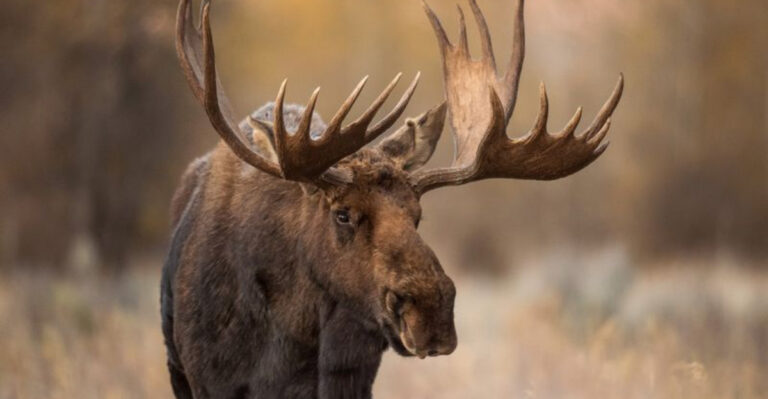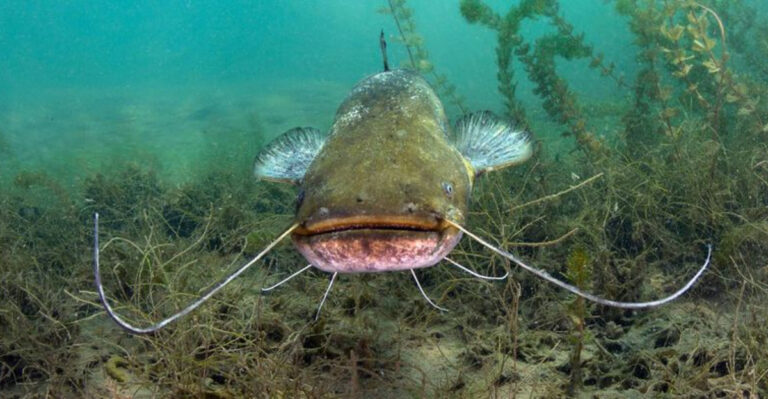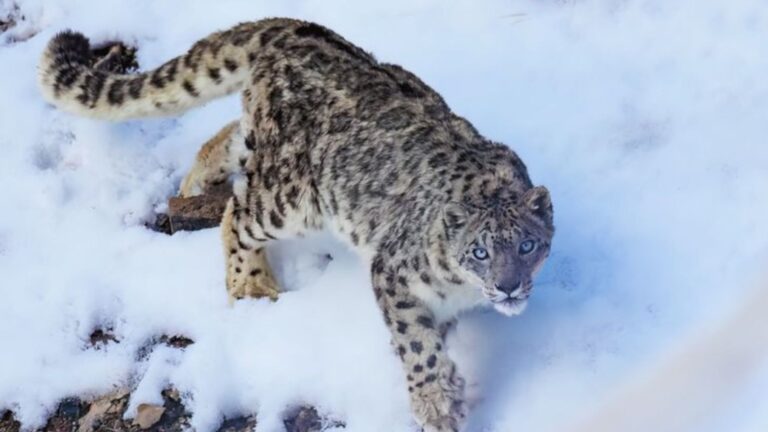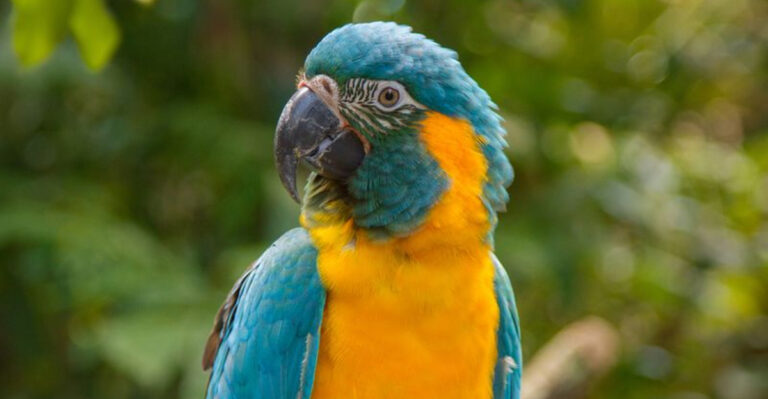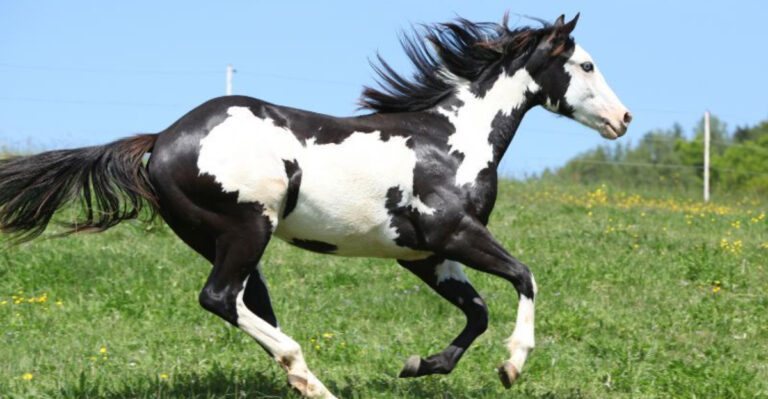Scientists Discover Rare And Endangered Species In The ‘Noah’s Ark Of Wildlife’
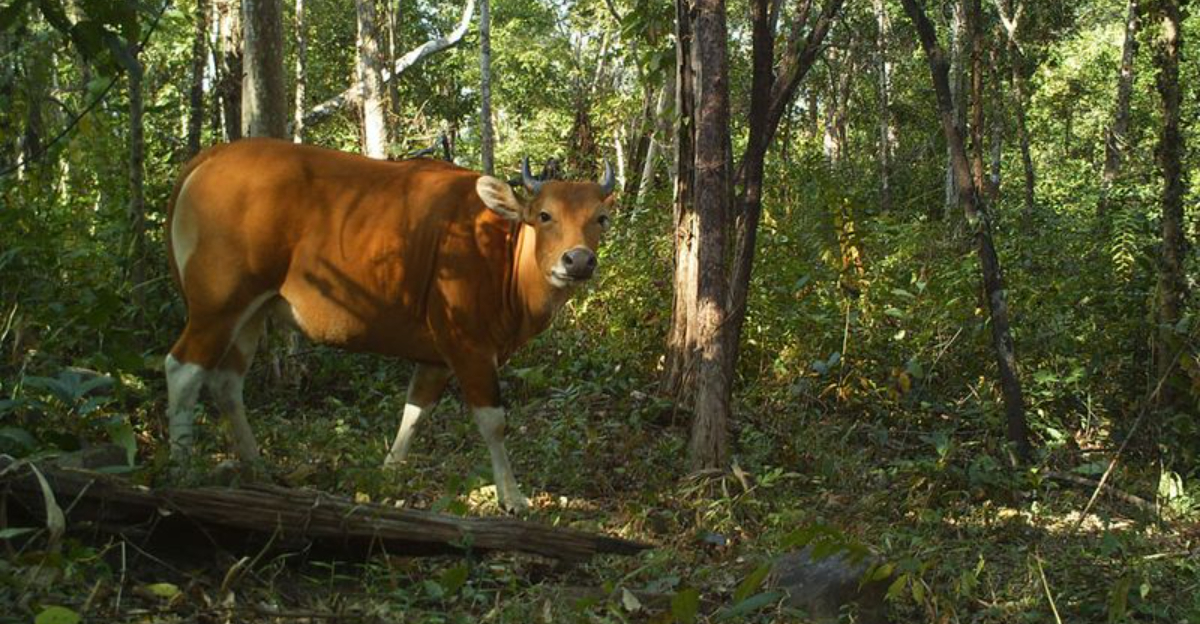
In the heart of Cambodia, a region known as the “Noah’s Ark of Wildlife,” scientists have made groundbreaking discoveries of rare and endangered species that were previously thought to be lost.
This lush, biodiverse area, rich with untouched ecosystems, has become a vital sanctuary for species on the brink of extinction.
From elusive frogs to majestic birds, the biodiversity in this region plays a crucial role in maintaining the balance of Cambodia’s natural environment. As conservationists work to protect these species and their habitats, these discoveries shine a hopeful light on the future of wildlife preservation.
1. Shadow Swimmers Of The Mekong
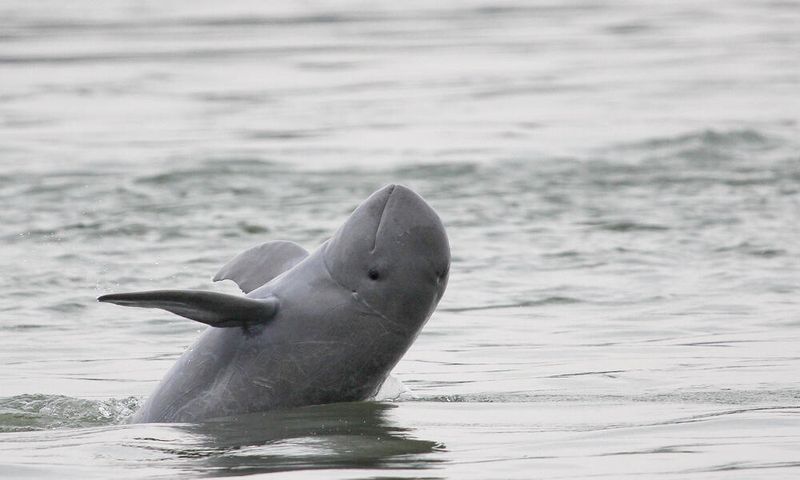
Imagine a dolphin with a bulging forehead and a perpetual smile! Irrawaddy dolphins navigate Cambodia’s murky waters using echolocation instead of eyesight. Their population hovers around 90 individuals in the Mekong.
Local fishermen consider these dolphins sacred helpers, believing they drive fish into nets and guide lost boaters to shore.
2. Royal Guardians Of The Forest
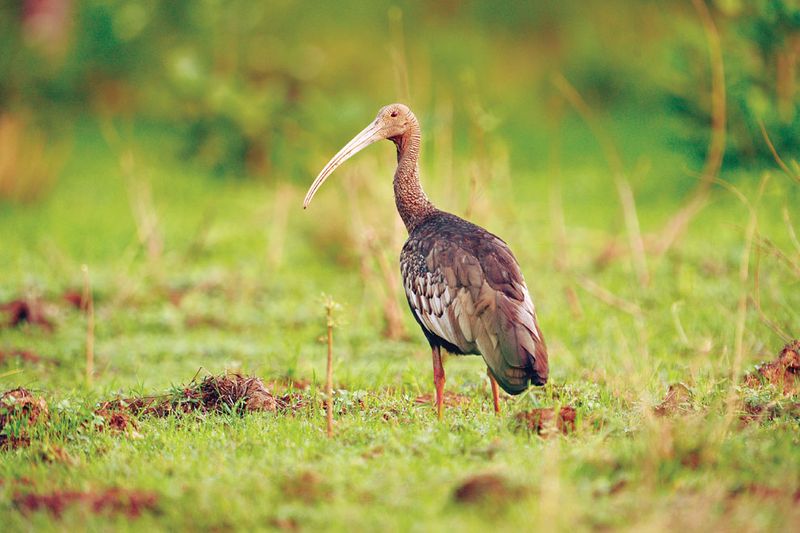
Standing taller than NBA players, these giant ibis birds were once thought extinct until rediscovery in Cambodia’s northern plains. Their prehistoric appearance – with long curved bills and gangly legs – seems straight from a dinosaur movie.
As Cambodia’s national bird, they face threats from habitat loss and egg collection.
3. Spotted Shadows In The Night
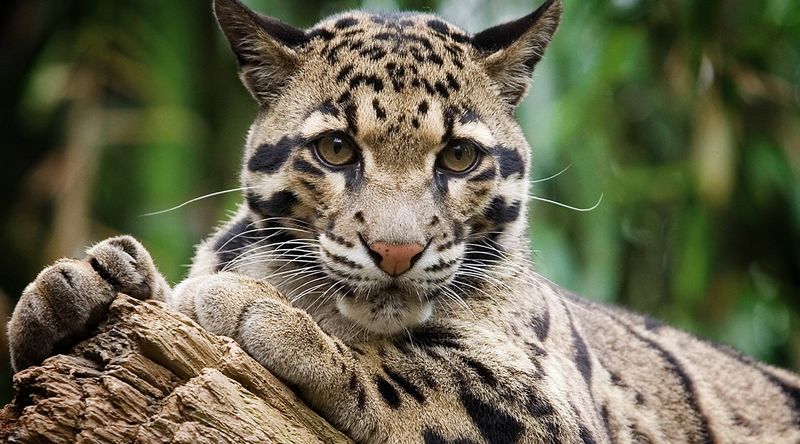
Like forest ghosts, clouded leopards slink through Cambodia’s dense jungles with unmatched stealth. Their cloud-patterned coats provide perfect camouflage in dappled sunlight.
Masters of the trees, they can hang upside-down from branches using their extraordinarily long tails and rotate their ankles backward to climb down headfirst!
4. Winged Jewels Of The Canopy
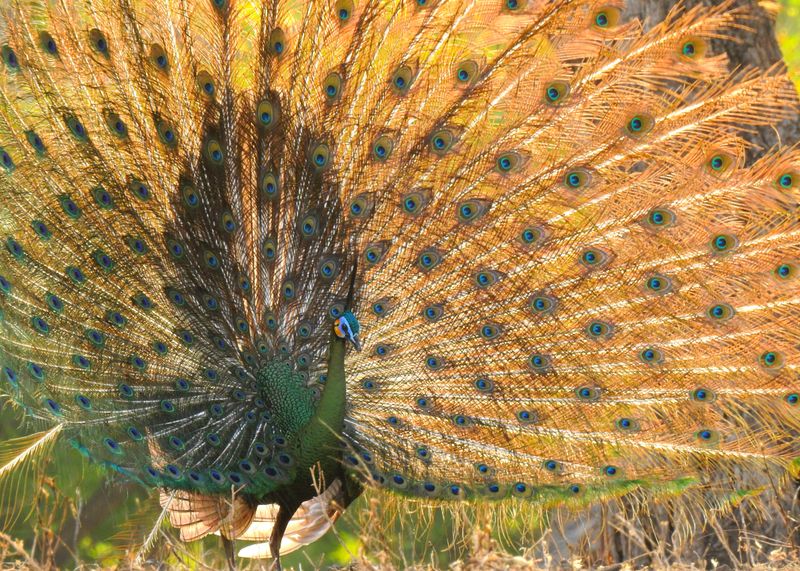
Flashy doesn’t begin to describe these pheasants! Males sport electric-blue faces surrounded by golden feathers that shimmer like precious metal in sunlight. Their spectacular courtship displays involve spreading their feathers into a golden fan.
Once hunted nearly to extinction for their beautiful plumage, they’re making a comeback in Cambodia’s protected forests.
5. Armored Giants Of The Undergrowth
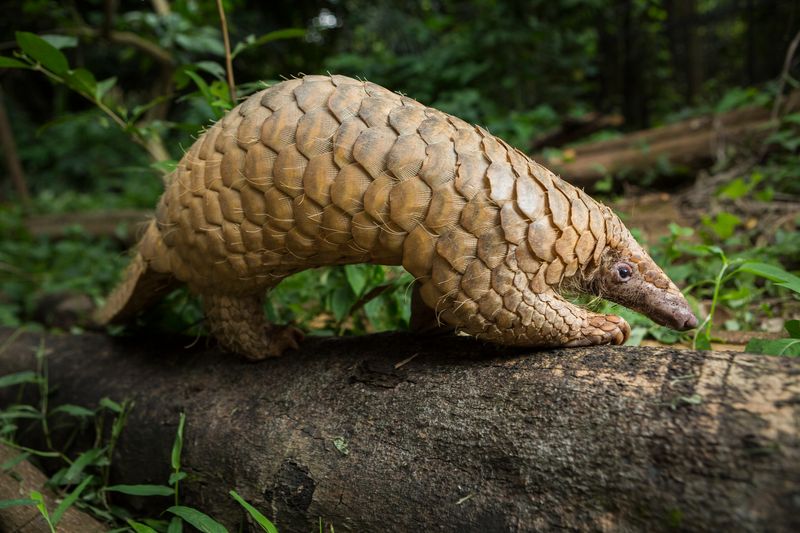
Forget about dogs – these scaly mammals can roll into perfect tennis ball-sized spheres when threatened! Pangolins use their incredible 16-inch tongues to slurp up thousands of ants daily from underground nests.
Sadly, their unique scales – made of the same material as human fingernails – make them the world’s most trafficked mammal.
6. Freshwater Kings With Ancient Lineage
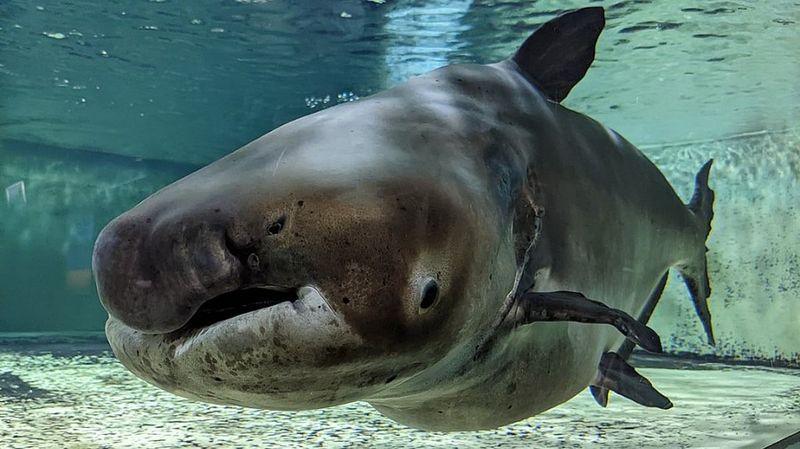
Breaking size records left and right, these river monsters can grow longer than a kayak! Mekong giant catfish have been known to reach an astonishing 650 pounds – that’s heavier than a grand piano.
Their whisker-like barbels help them navigate and find food in muddy waters. Local fishermen revere them as river guardians.
7. Vanishing Vultures Of The Plains
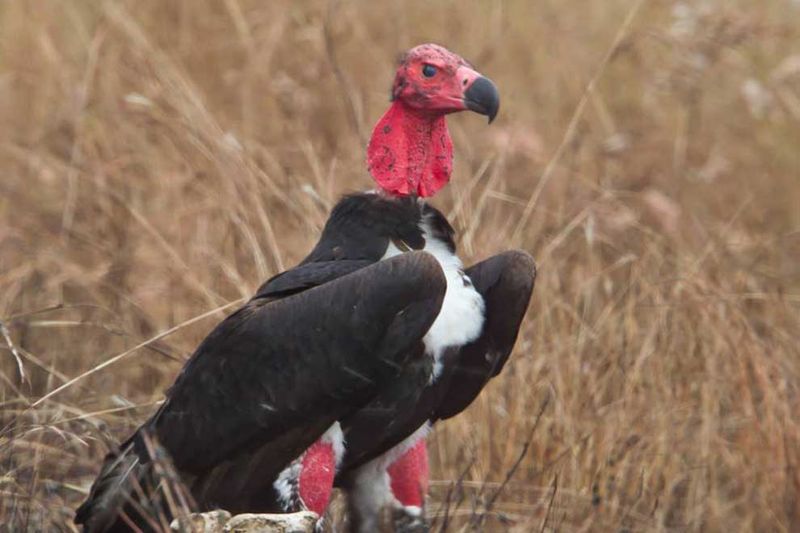
With faces only a mother could love, red-headed vultures sport wrinkled pink heads and impressive wingspans reaching seven feet. These natural cleanup crews prevent disease spread by consuming carcasses that would otherwise rot.
Cambodia now hosts feeding stations called “vulture restaurants” where safe food is provided to support their recovery.
8. Elegant Dancers Of The Wetlands
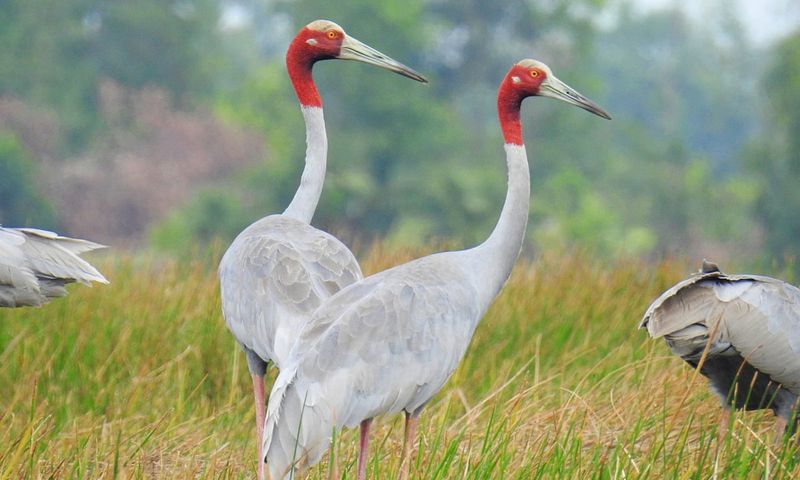
Towering at nearly six feet tall, these elegant birds perform spectacular synchronized dances during courtship. Sarus cranes mate for life, strengthening their bond through elaborate duets where they bow, leap and trumpet calls that can be heard miles away.
Their striking red head patches contrast beautifully against silver-gray plumage.
9. Living Fossils Of The River
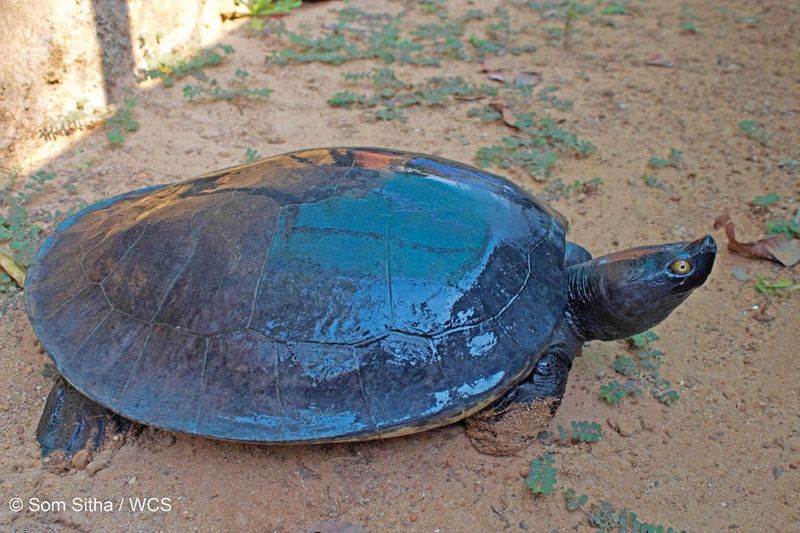
Unchanged for 100 million years, these bizarre fish look like they swam straight out of prehistoric times! Royal turtles have distinctive upturned snouts and shell bumps resembling a crown – hence their regal name.
Once served exclusively to Cambodian royalty, fewer than 10 nesting females remain in the wild, making conservation efforts desperately important.
10. Horned Guardians Of The Wilderness
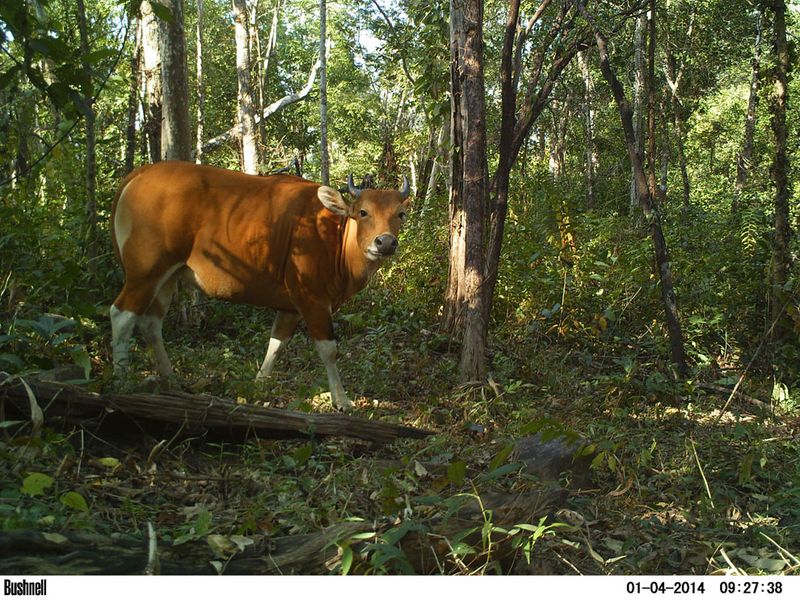
Weighing as much as a small car, these gentle giants crash through forest undergrowth like living bulldozers. Banteng cattle sport impressive curved horns and distinctive white “socks” on their legs that stand out against their reddish-brown coats.
Unlike their domesticated cousins, these wild bovines remain naturally wary of humans.
11. Stealthy Rulers Of The Jungle

Against all odds, Cambodia’s forests still harbor the world’s largest big cat. Indochinese tigers move like liquid shadows through dense vegetation, their striped coats breaking up their outline perfectly.
Males patrol territories spanning up to 100 square miles! Motion-activated cameras occasionally capture glimpses of these magnificent predators, bringing hope to conservation efforts.
12. Mischievous Acrobats With Punk-Rock Hair
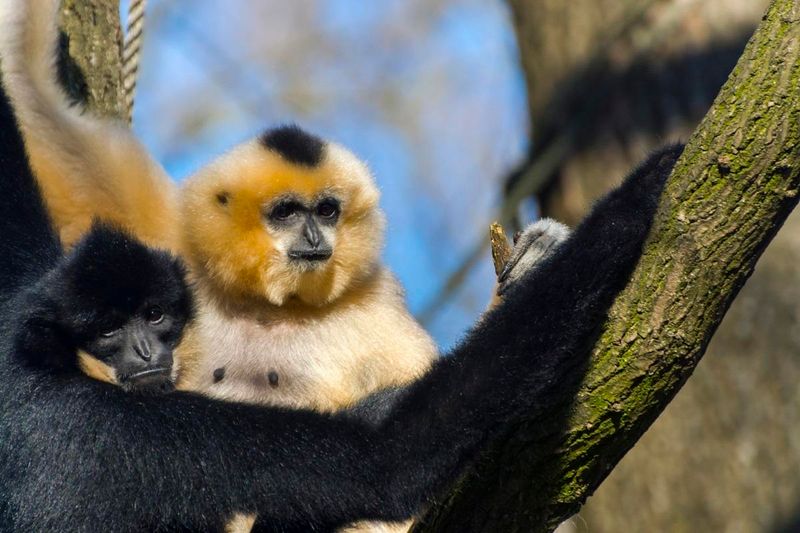
Sporting spiky mohawk-like crests and facial expressions that seem permanently surprised, these endangered primates bounce through the forest canopy like furry pinballs. Yellow-cheeked crested gibbons start each day with hauntingly beautiful songs that echo for miles.
Their arm-swinging movement called brachiation allows them to cover 10 feet in a single swing!
13. Tusked Wanderers Of The Wilderness
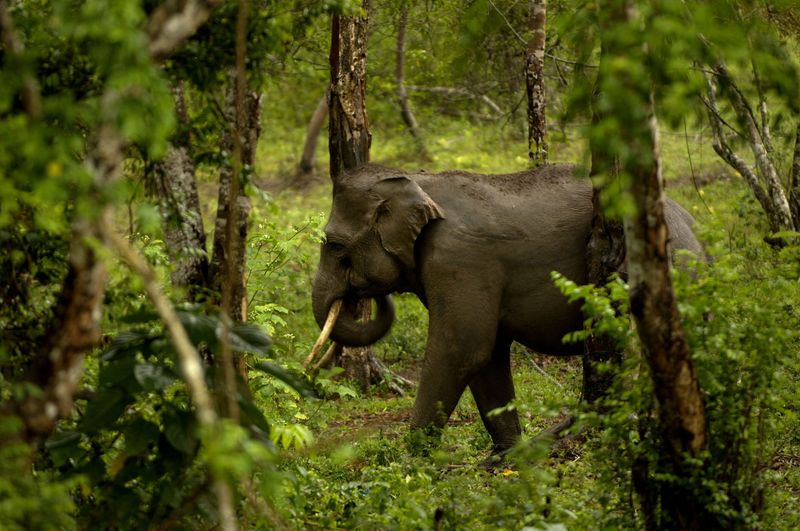
Smaller and hairier than their African cousins, Asian elephants play crucial roles as forest gardeners. Their dung spreads seeds while their heavy footsteps create mini-water holes that benefit countless other species.
Cambodian elephants can consume over 300 pounds of vegetation daily and communicate through rumbles so low humans can’t hear them!
14. Elusive River Dwellers With Extravagant Bills
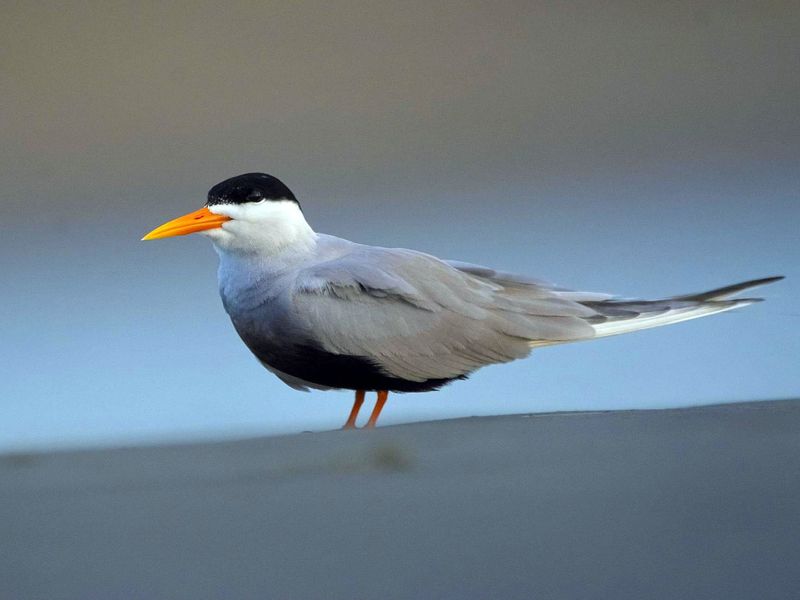
Imagine a duck with a bill that looks like it was designed by a committee! These strange birds have bills resembling upside-down boats, perfectly evolved for skimming through shallow water to catch fish.
Black-bellied terns perform acrobatic aerial dives, plunging headfirst into rivers to snatch prey. Cambodia’s Mekong provides crucial habitat for these increasingly rare waterbirds.
15. Colorful Ambassadors Of The Wetlands
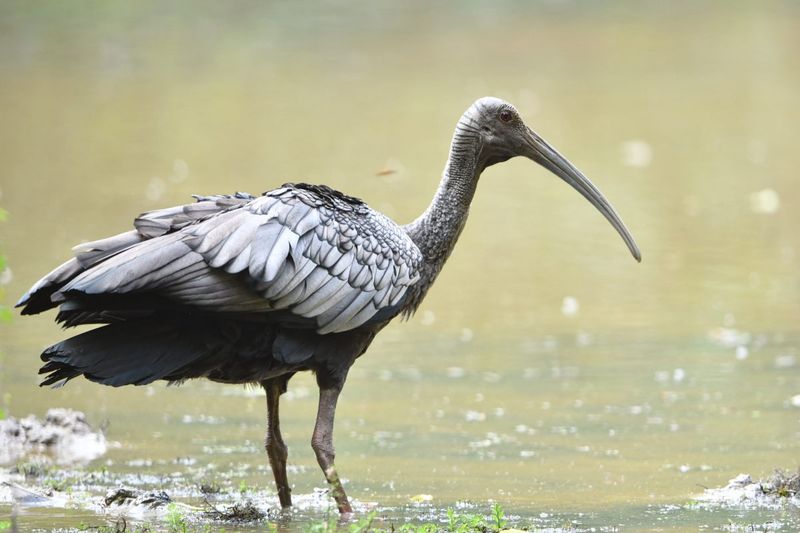
Resembling winged rainbows, these vibrant birds wade through Cambodia’s marshes on stilt-like legs. White-shouldered ibis have glossy purple-black feathers that shine iridescent in sunlight, contrasting dramatically with their white shoulder patches.
They use their long, curved bills like surgical tools to probe mud for tasty crustaceans, insects, and small reptiles.
16. A Living Gem Of The Forest
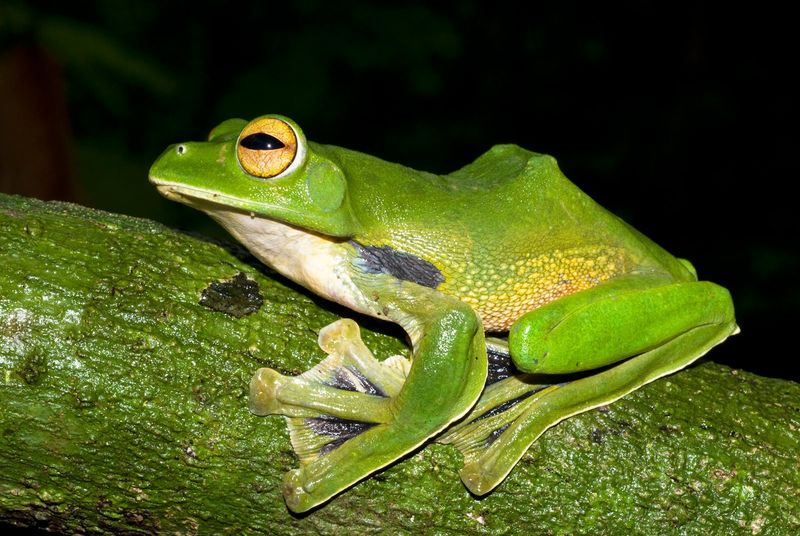
The Cambodian Tailored Frog (Leptobrachium cambodiensis) was discovered in 2009, hidden within the dense forests of Cambodia. This unique species is easily recognizable due to the tailored, patterned markings on its back, which set it apart from other frogs.
Endemic to the region, it thrives in Cambodia’s tropical forests, particularly in moist, shaded environments near streams and ponds. The frog is a vital part of the local ecosystem, playing an essential role in controlling insect populations.
Its presence helps maintain the balance of the area’s biodiversity, underlining the importance of preserving this species and its habitat in the face of growing environmental challenges.
17. Guardians Of The Riverbed
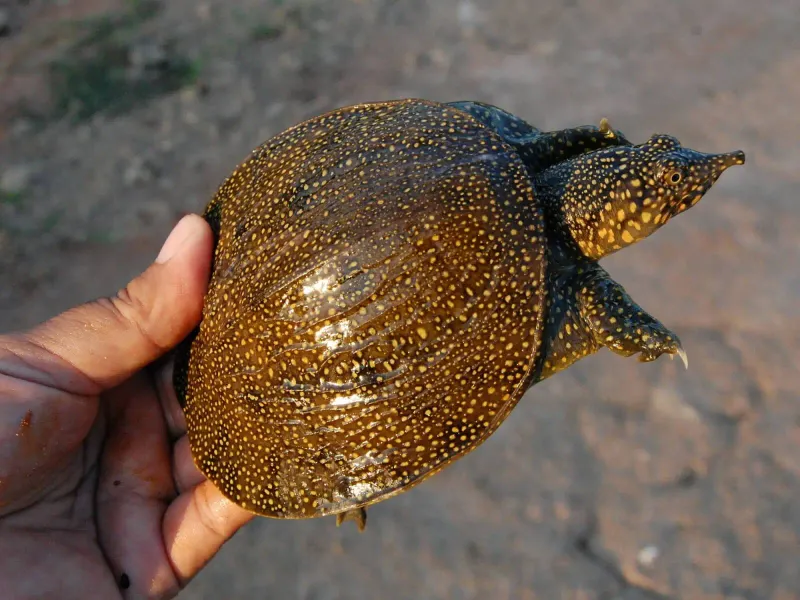
The Spiny Softshell Turtle (Amyda cartilaginea) was rediscovered in Cambodia’s wetlands in 2016, bringing hope to conservationists who feared it had been lost to the region. This rare species, easily identified by its soft, spiny shell, was once thought to be extinct in Cambodia.
It thrives in the freshwater lakes and slow-moving rivers of the region, where it burrows into the soft riverbed for protection.
The rediscovery of the spiny softshell turtle is a significant moment for conservation, as its population has dwindled due to habitat loss, pollution, and illegal hunting. Efforts to protect this species are vital to ensuring its survival and the health of the ecosystems it supports.

